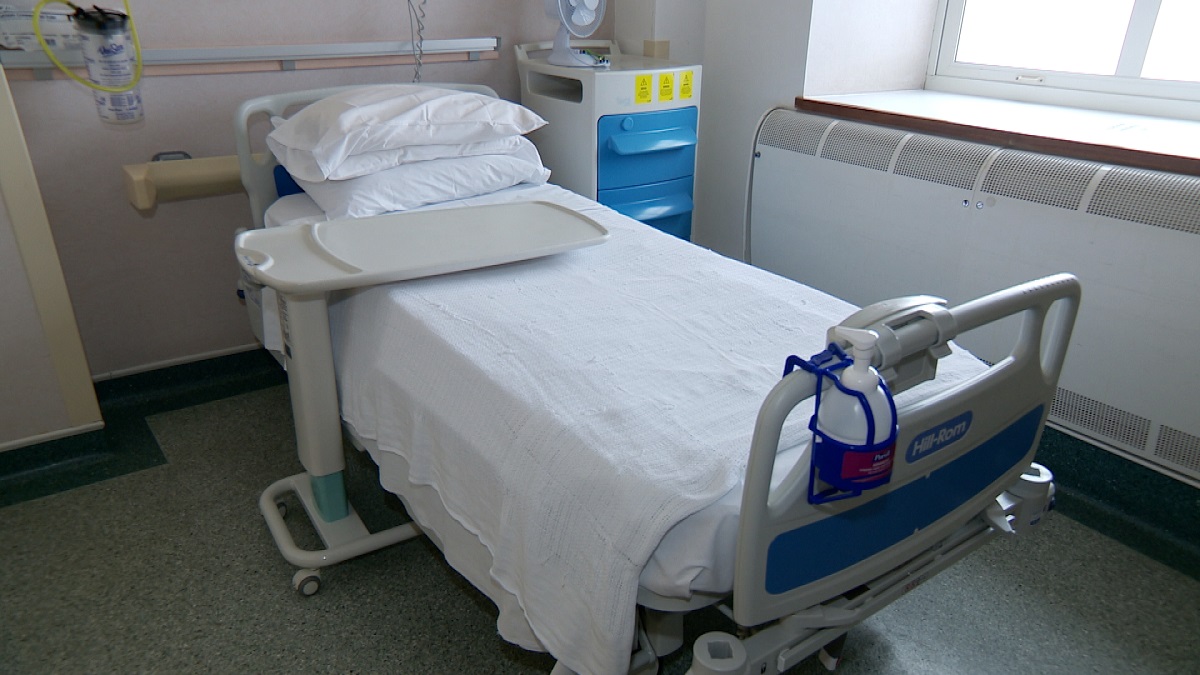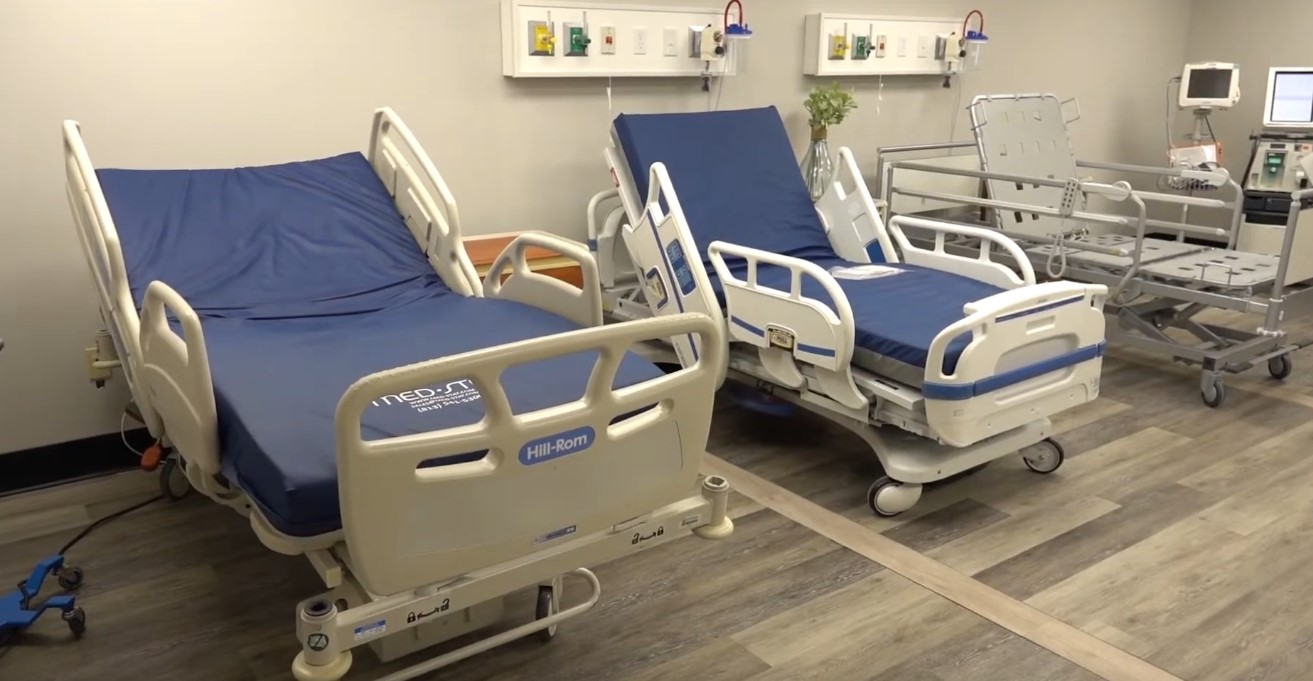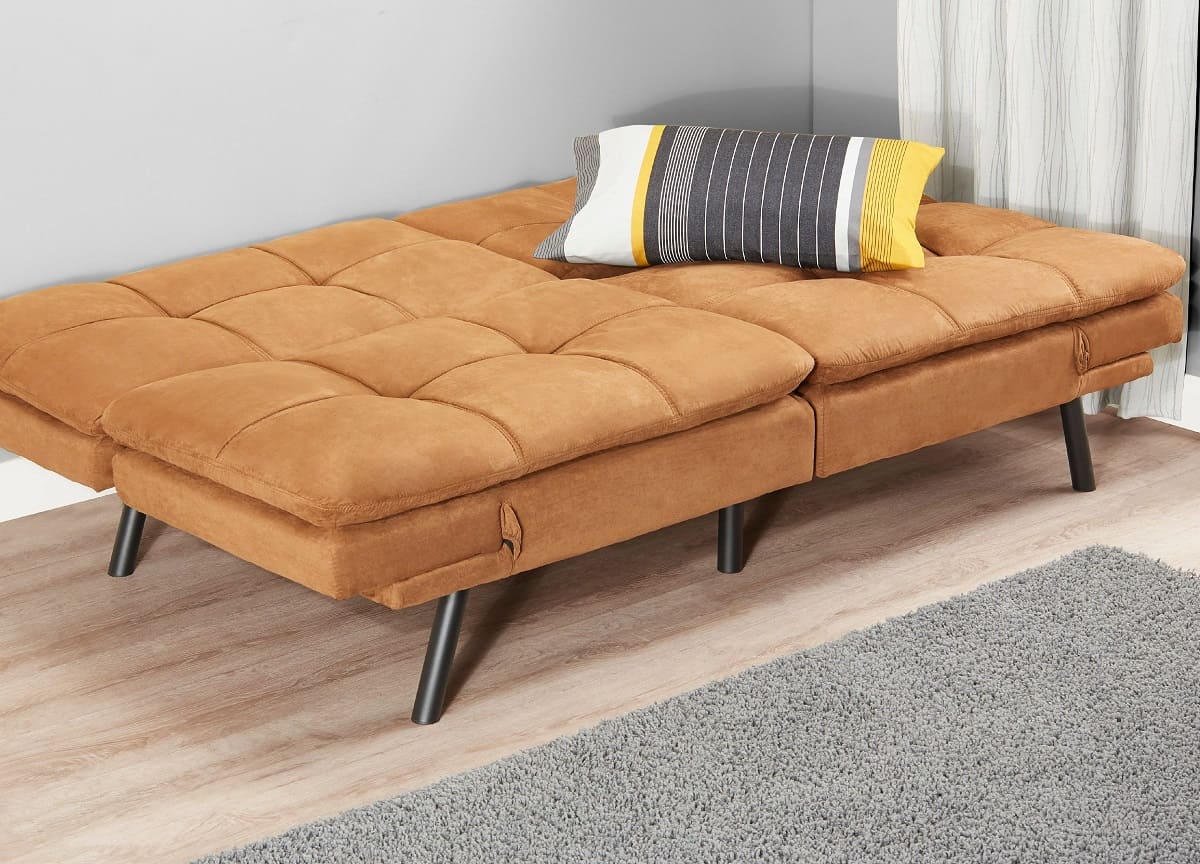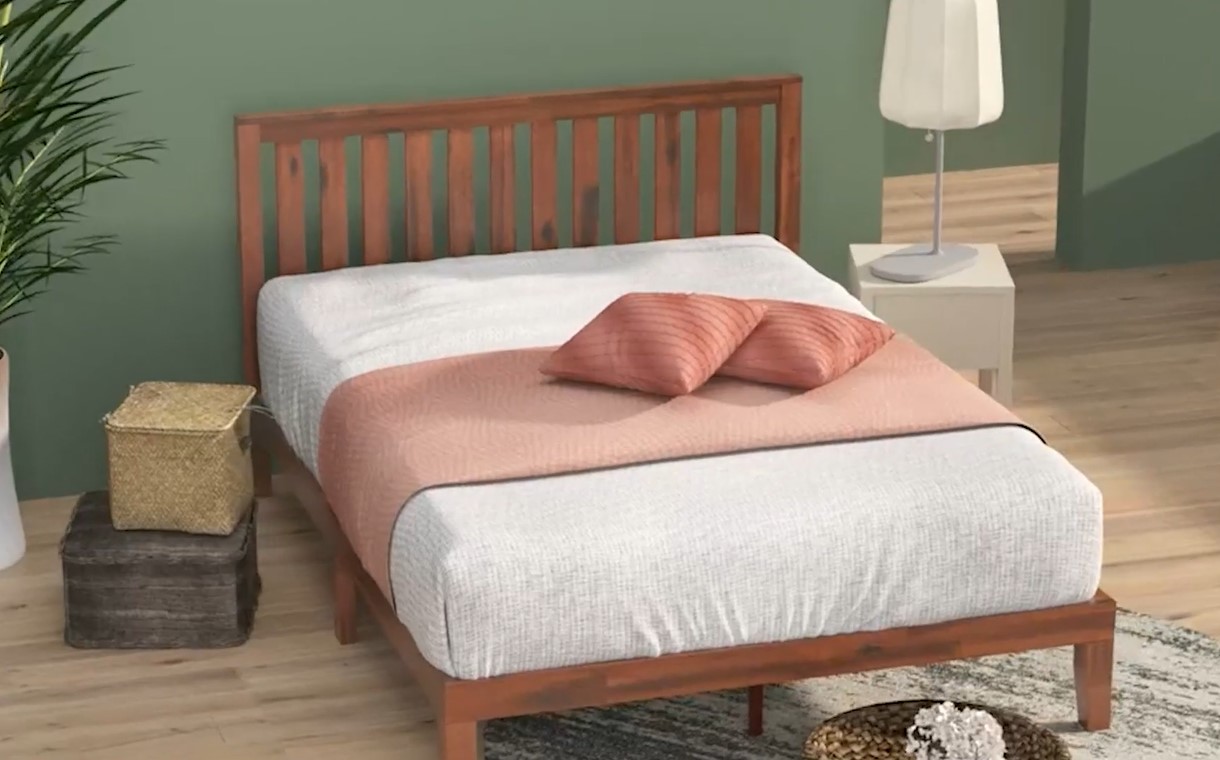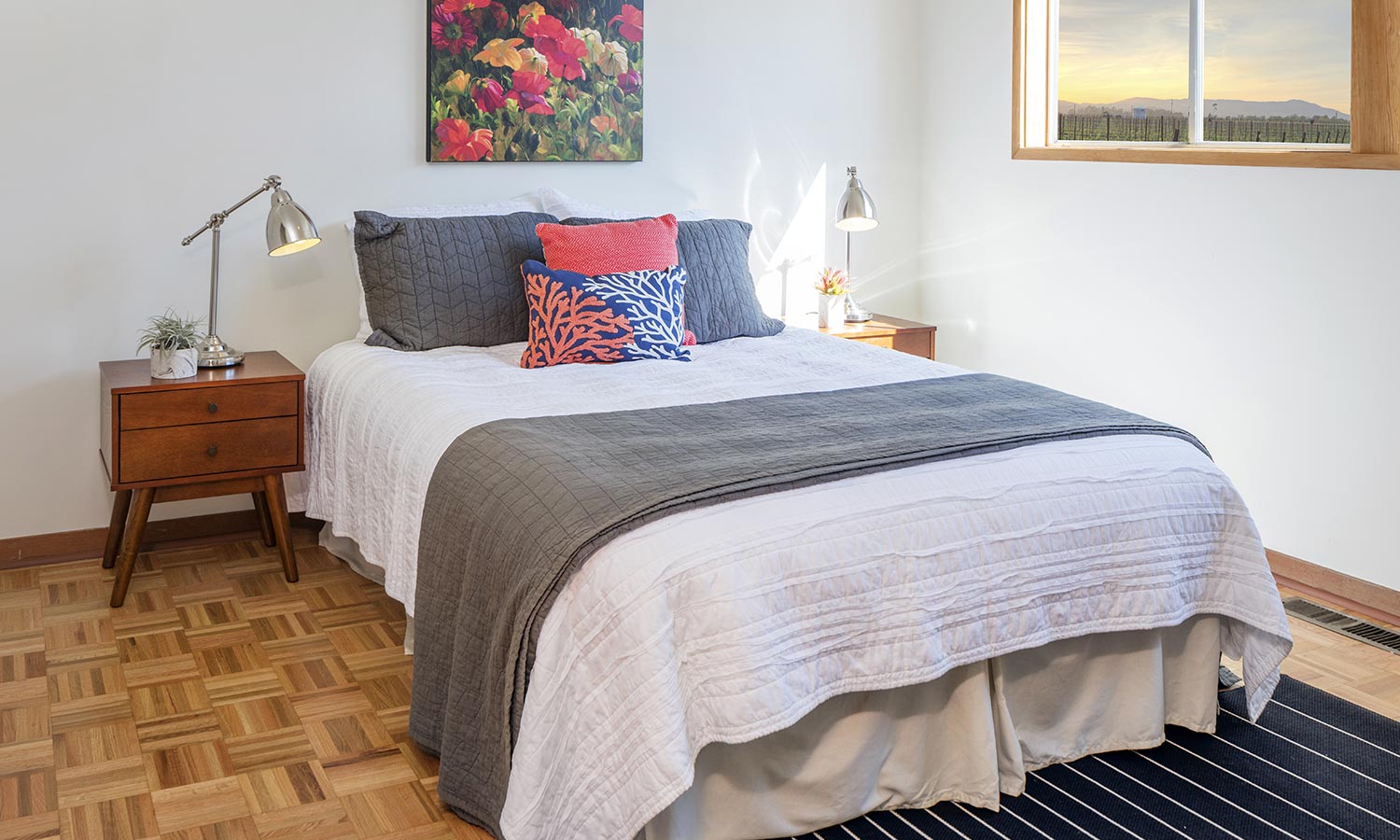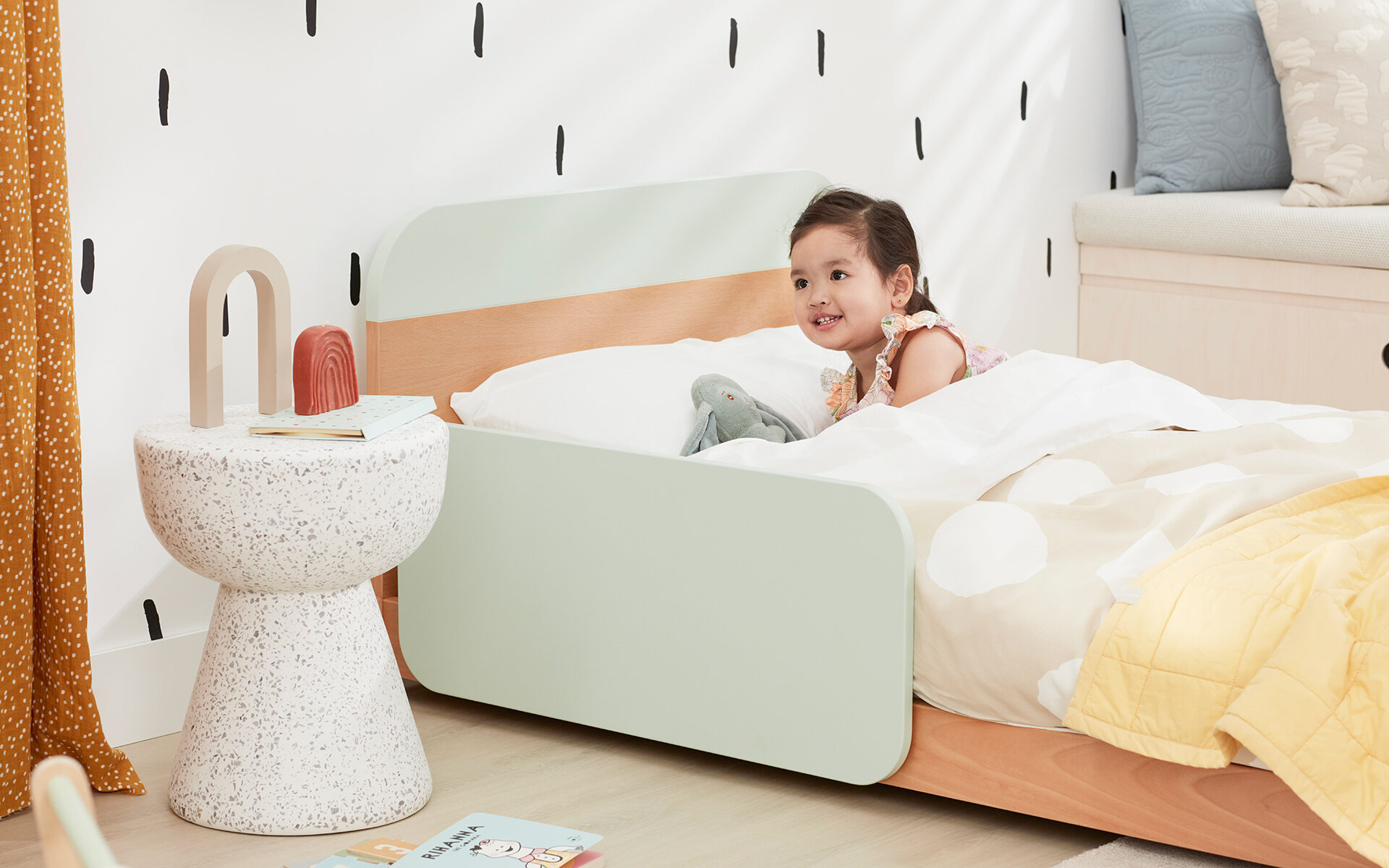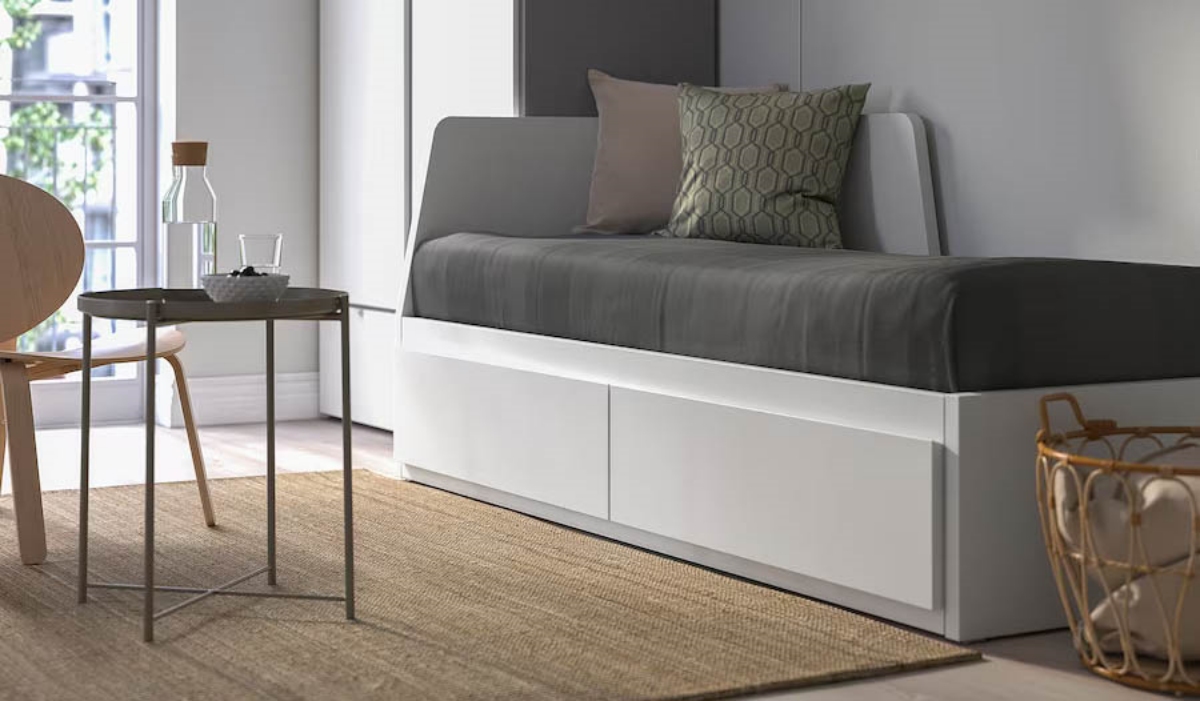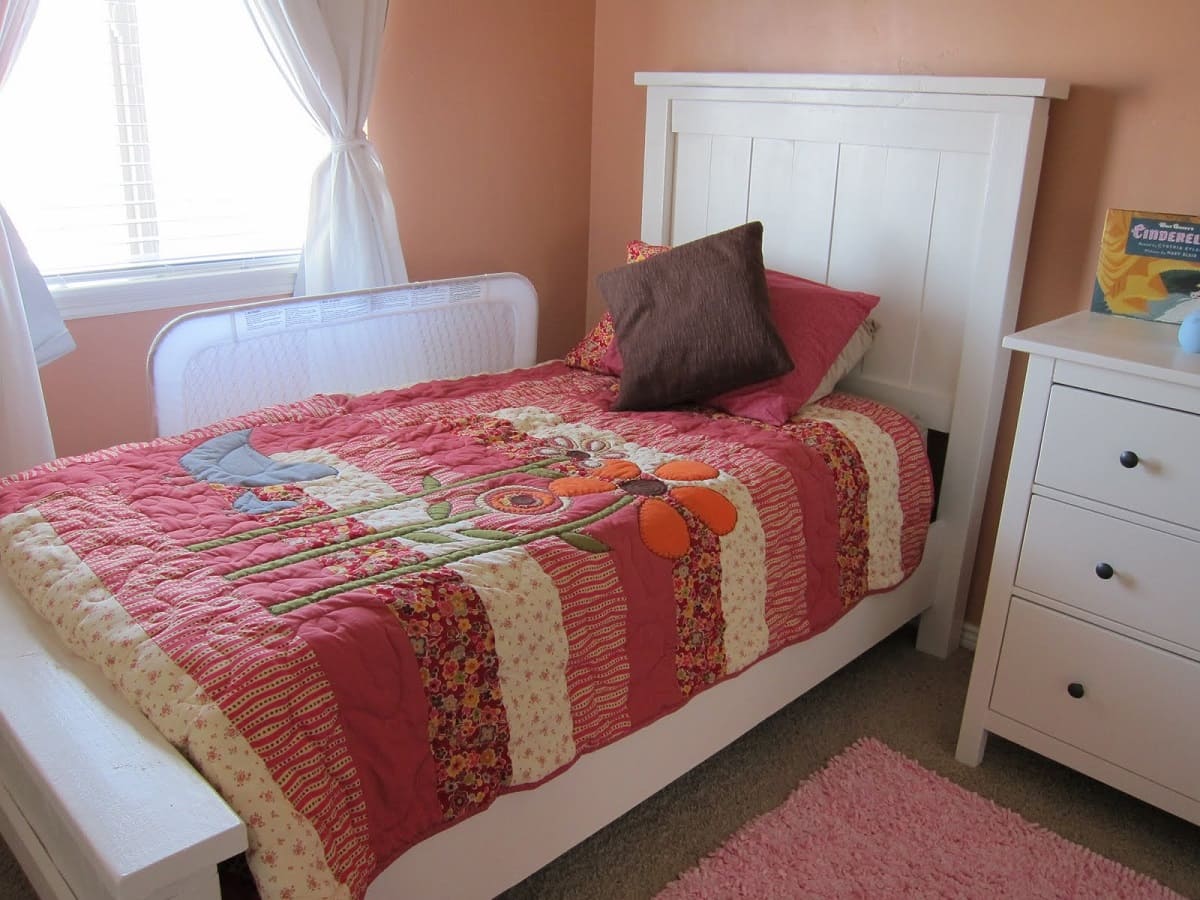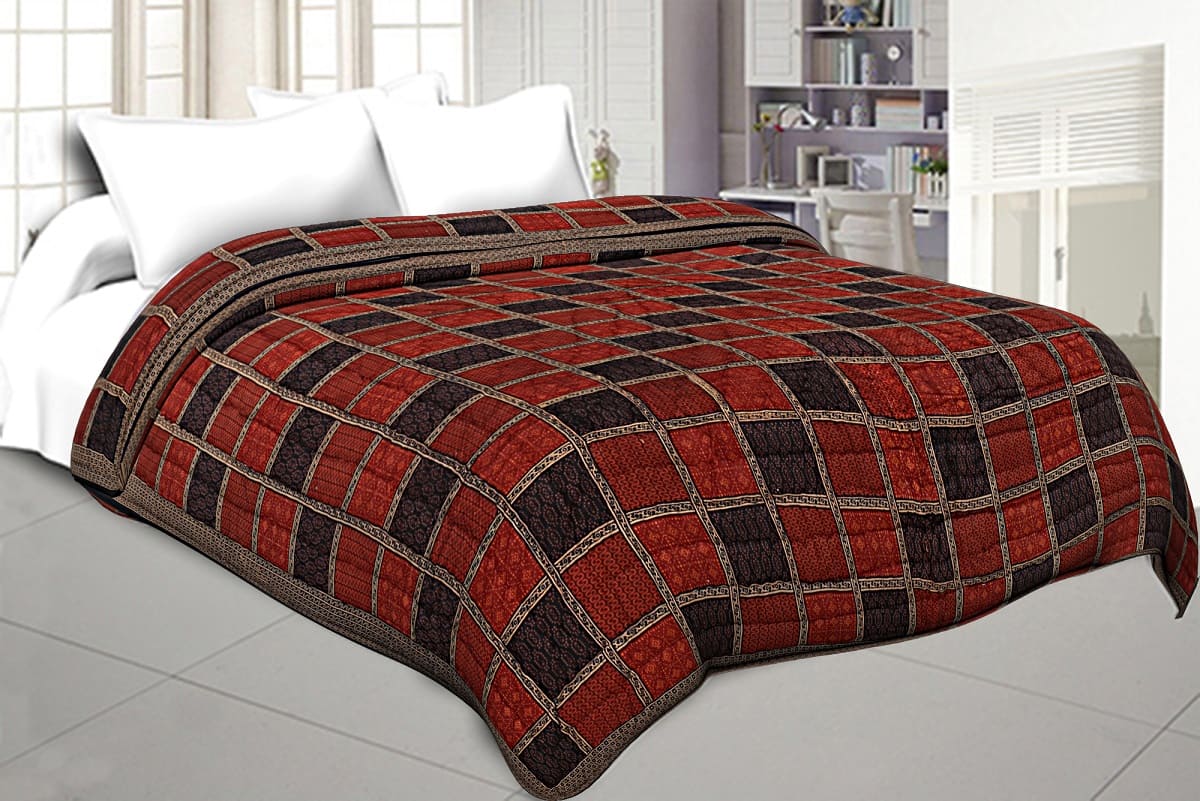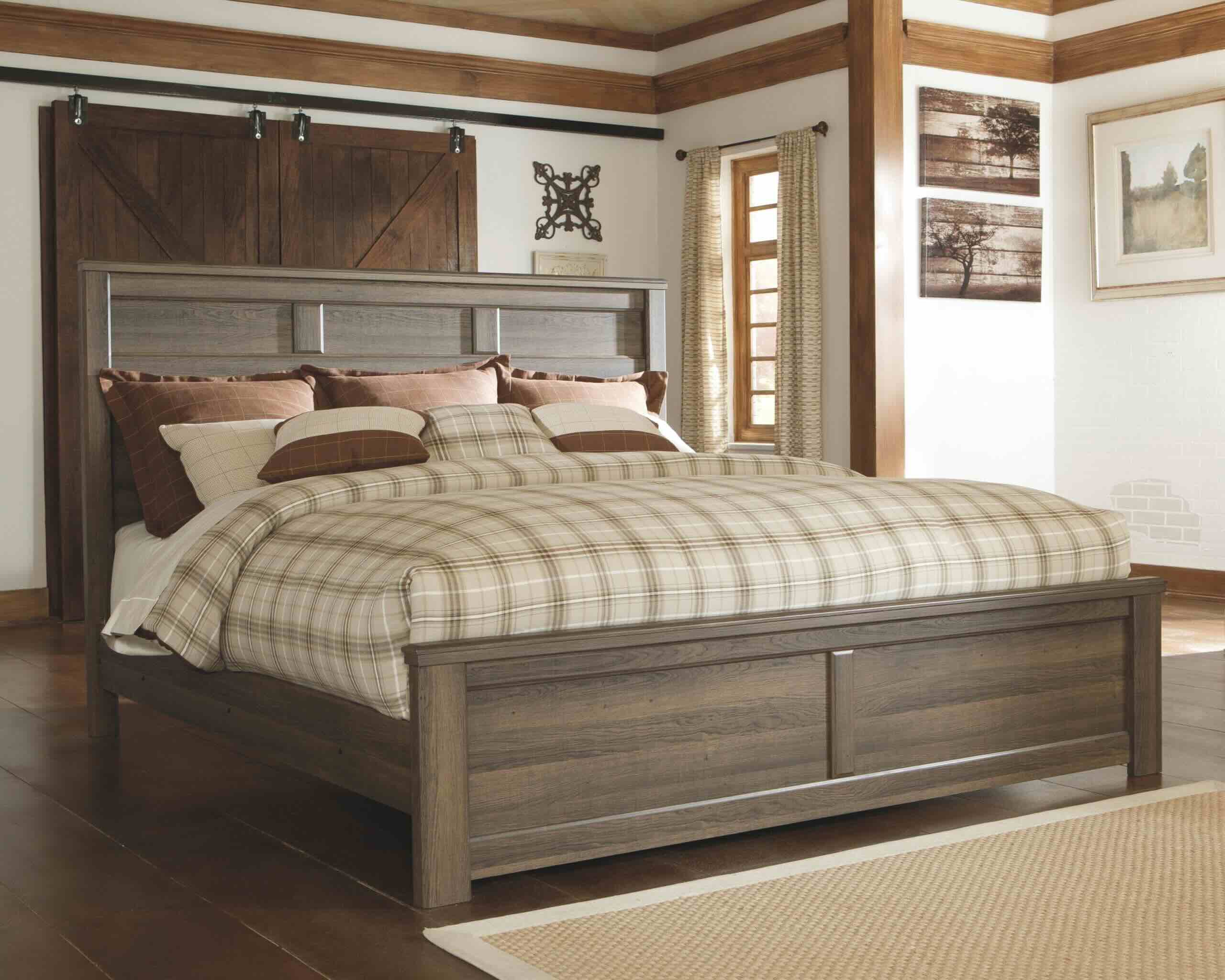Home>Furniture>Bedroom Furniture>What Size Is A Hospital Bed
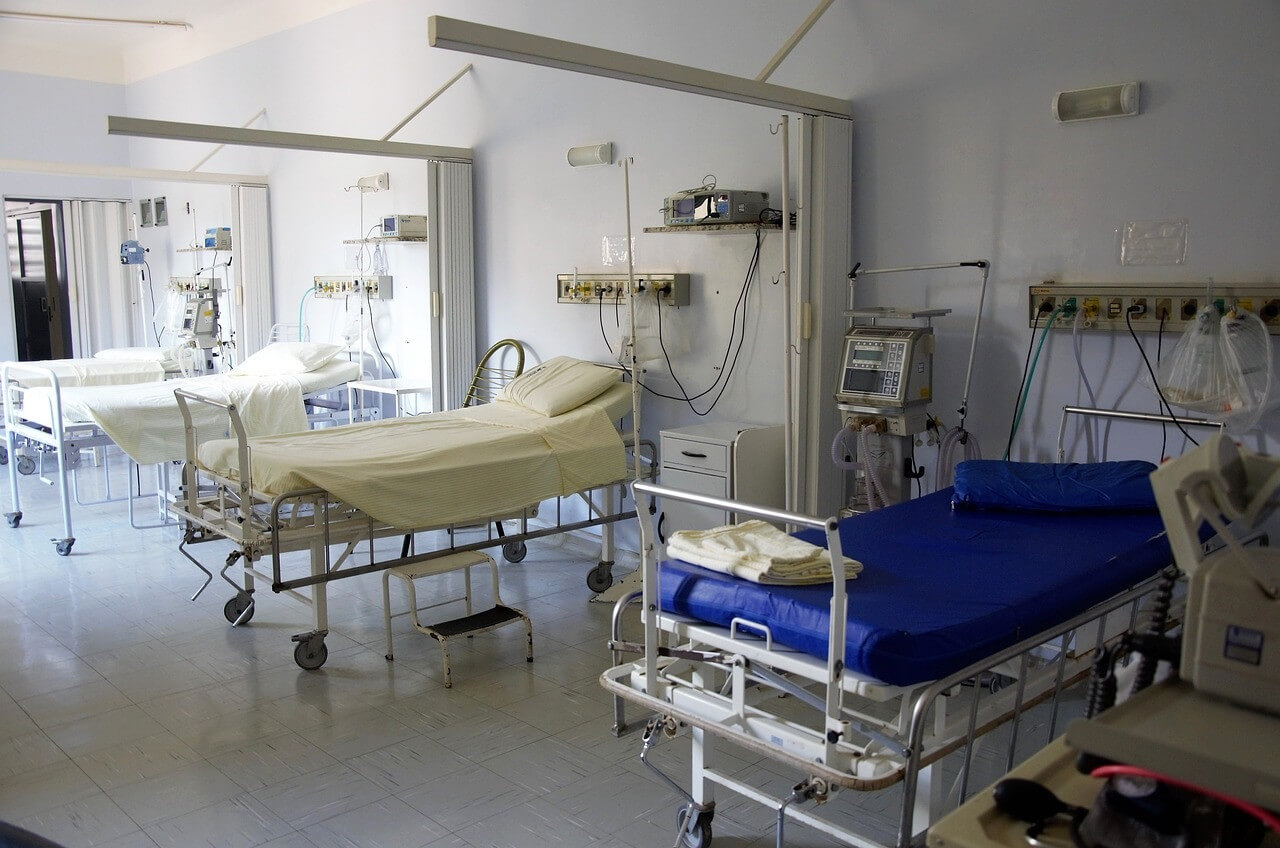

Bedroom Furniture
What Size Is A Hospital Bed
Modified: August 17, 2024
Looking for the right size hospital bed for your bedroom? Explore our selection of bedroom furniture to find the perfect fit for your needs and comfort.
(Many of the links in this article redirect to a specific reviewed product. Your purchase of these products through affiliate links helps to generate commission for Storables.com, at no extra cost. Learn more)
Introduction
When it comes to hospital beds, it’s crucial to have the right size to ensure the comfort and safety of patients. Hospital beds are not a one-size-fits-all solution, as different patients have different needs. From standard beds for adults to specialized options for pediatric or bariatric patients, there is a wide range of bed sizes available in the healthcare industry.
In this article, we will explore the various sizes of hospital beds and their specific purposes. Whether you are a healthcare professional looking to equip a facility, a caregiver looking for the right bed for a loved one, or someone interested in learning more about hospital equipment, this comprehensive guide will provide you with the necessary knowledge.
Key Takeaways:
- Hospital beds come in various sizes, from standard to specialized options for pediatric and bariatric patients, offering comfort and support tailored to diverse patient needs.
- Understanding hospital bed sizes is crucial for healthcare professionals and caregivers to ensure optimal comfort and safety for patients with different age, weight, and medical condition requirements.
Read more: What Size Sheets Fit A Hospital Bed
Standard Hospital Bed Sizes
Standard hospital beds are designed to accommodate the average adult patient. These beds come in different sizes to suit various patient needs while providing comfort and support. The most common sizes for standard hospital beds include:
- Twin Size (38 inches x 75 inches): This is the smallest size available for standard hospital beds. It provides a compact sleeping space suitable for most adult patients.
- Full Size (54 inches x 75 inches): A full-size hospital bed offers more width and space compared to the twin size. It is ideal for patients who require a bit more room during their hospital stay.
- Queen Size (60 inches x 80 inches): The queen size hospital bed is larger and more spacious, providing extra comfort for patients who may require additional space due to medical conditions or mobility issues.
- King Size (76 inches x 80 inches): The largest standard hospital bed size is the king size. It offers maximum space and comfort, making it suitable for patients who require ample room for movement or who may be sharing the bed with a caregiver.
These standard hospital bed sizes are designed to accommodate various patient sizes and requirements. They provide a stable and supportive sleeping surface, adjustable positions for optimal patient comfort, and often come equipped with features such as side rails and adjustable height settings.
It is important to note that the actual dimensions and features of standard hospital beds may vary among manufacturers and models. Therefore, it is advisable to consult with healthcare professionals or mattress suppliers to ensure you select the right size and specifications for your specific needs.
Next, let’s explore the range of adjustable hospital bed sizes available in the market.
Adjustable Hospital Bed Sizes
Adjustable hospital beds offer added functionality and versatility by allowing patients to adjust the position of the bed to their desired level of comfort. These beds are equipped with mechanisms that enable changes in the height, angle, and elevation of different sections of the bed. The adjustable features help enhance circulation, relieve pressure points, and assist with various medical procedures.
The sizes of adjustable hospital beds typically follow the standard sizes mentioned previously, such as twin, full, queen, and king. However, it’s important to note that the mattress dimensions of adjustable beds may differ slightly due to the presence of adjustable components.
One significant difference with adjustable beds is the inclusion of a mattress base that can be raised or lowered using an electronic motor system. This feature allows patients to elevate or lower the head, foot, or both sections of the bed to find their optimal position for sleeping, reading, or engaging in activities.
Adjustable hospital beds come with various controls, such as handheld remotes or buttons located on the bed itself, enabling patients to make personalized adjustments without assistance. These beds are particularly beneficial for patients with mobility restrictions, respiratory conditions, circulation issues, or those recovering from surgeries, as they provide enhanced comfort, support, and ease of movement.
When considering an adjustable hospital bed, it’s essential to ensure the bed size is appropriate for the specific needs of the patient. The size and weight capacity of the bed should be able to support the patient comfortably, accounting for any additional medical equipment that may also be present.
Now that we have covered standard and adjustable hospital bed sizes, let’s delve into the unique bed sizes designed specifically for pediatric patients.
Pediatric Hospital Bed Sizes
When it comes to caring for pediatric patients, it is crucial to have specialized hospital beds that cater to their unique needs. Pediatric hospital beds are designed with smaller dimensions to accommodate children of different age groups, from infants to adolescents.
The sizes of pediatric hospital beds vary depending on the age and size of the child. Here are some common pediatric bed sizes:
- Infant Size (30 inches x 54 inches): These smaller beds are designed for newborns and infants. They provide a safe and secure environment for the youngest patients.
- Crib Size (28 inches x 52 inches): Similar to standard cribs, these beds are designed for toddlers and young children. They offer a familiar sleeping space for pediatric patients.
- Toddler Size (30 inches x 70 inches): As children grow, their bed size needs to accommodate their increasing length. Toddler-sized beds are suitable for preschool-age children.
- Twin Size (38 inches x 75 inches): For older children and teenagers, twin-sized beds are often used. These beds provide more space while maintaining a familiar size.
Pediatric hospital beds come with additional features to ensure the safety and comfort of young patients. These include side rails, adjustable height settings, and built-in protective padding to prevent injury. Bed designs often incorporate colorful and child-friendly aesthetics to create a welcoming environment for pediatric patients.
It is worth noting that pediatric hospital beds should be selected based on the child’s age, weight, and medical condition. Pediatricians and healthcare professionals can provide guidance on the appropriate bed size and features for each individual patient.
Now, let’s move on to discussing bariatric hospital bed sizes, which are designed to support heavier patients.
When considering the size of a hospital bed, it’s important to note that standard hospital bed dimensions are typically 36 inches wide and 80 inches long. However, there are also variations in size, such as bariatric beds which are wider to accommodate larger patients.
Bariatric Hospital Bed Sizes
For patients who require additional support due to their weight or size, bariatric hospital beds are the ideal solution. These beds are specially designed to accommodate heavier individuals while maintaining their comfort and safety.
Bariatric hospital bed sizes are larger and more robust compared to standard beds. These beds have higher weight capacities and provide additional space for patients to move and adjust their positions. The sizes of bariatric beds can vary, but they typically range from 42 inches to 48 inches in width.
Some common sizes of bariatric hospital beds include:
- Full Bariatric Size (42 inches x 80 inches): This size provides a wider sleeping surface compared to standard beds, allowing sufficient room for patients with larger body frames.
- Queen Bariatric Size (48 inches x 80 inches): The queen bariatric size offers even more space, making it suitable for patients who require enhanced comfort and support due to their weight.
Bariatric hospital beds are designed with reinforced frames and sturdy construction to provide the necessary stability and durability for heavier patients. They often come with wider side rails and additional features such as specialized pressure redistribution mattresses and integrated patient lifts to assist with transfers and positioning.
When selecting a bariatric hospital bed, it is important to consider the weight capacity of the bed and ensure that it can adequately support the patient’s needs. Consulting with healthcare professionals and equipment specialists can help determine the appropriate bed size and features for each individual patient.
Lastly, let’s explore the various specialty hospital bed sizes available for specific medical conditions and requirements.
Read more: What Are Bed Sizes
Specialty Hospital Bed Sizes
In addition to standard, adjustable, pediatric, and bariatric hospital bed sizes, there are also specialty hospital beds designed to cater to specific medical conditions and requirements. These beds offer unique features and dimensions to ensure optimal care and comfort for patients with specialized needs.
Here are a few examples of specialty hospital beds and their corresponding sizes:
- Low Hospital Bed (Height-adjustable): These beds are designed to have a lower height range, making it easier for patients to get in and out of bed, especially those with mobility issues or who are at risk of falling. Low hospital beds come in standard sizes like twin, full, queen, or king.
- Air Mattress Bed: These beds incorporate specialized air mattresses that can be adjusted to distribute air pressure and provide relief for patients with pressure ulcers or circulation issues. The sizes of air mattress beds can vary from twin to king, depending on the intended patient population.
- Critical Care Bed: Intensive care units (ICUs) and critical care settings require advanced beds that provide support for patients with complex medical conditions. Critical care beds are designed with features such as rotation, lateral tilt, and advanced monitoring capabilities. These beds typically come in standard sizes with additional functionality.
- Mental Health Bed: Mental health units require beds specifically designed to prioritize patient safety and prevent self-harm. These beds often have specialized features like anti-ligature design, tamper-proof components, and soft materials. Mental health beds can come in various sizes depending on the facility’s requirements.
Specialty hospital beds are tailored to the unique needs of patients in specific healthcare settings. The sizes and features of these beds may vary significantly depending on the intended use and patient population. It is essential to consult with healthcare professionals, medical equipment suppliers, and facility guidelines to determine the appropriate size and specifications needed for each specialty bed.
Next, we will conclude our discussion on hospital bed sizes.
Conclusion
Hospital bed sizes play a crucial role in providing optimal comfort and care for patients in healthcare settings. From standard beds for adults to specialized options for pediatric, bariatric, and specialty needs, there is a wide range of sizes available to cater to diverse patient requirements.
Standard hospital beds come in sizes ranging from twin to king, offering a variety of options to accommodate different patient sizes and preferences. Adjustable hospital beds provide added functionality, allowing patients to customize their sleeping positions for enhanced comfort and support. Pediatric hospital beds are designed with smaller dimensions to cater specifically to the needs of children, while bariatric beds are built to support heavier individuals with larger frames. Specialty beds are designed for specific medical conditions and requirements, providing unique features and dimensions.
When selecting a hospital bed, it is important to take into consideration the patient’s age, weight, mobility, and medical condition. Consulting with healthcare professionals, mattress suppliers, and equipment specialists can assist in determining the appropriate bed size and features to ensure the utmost comfort and safety for patients.
By understanding the various hospital bed sizes available, you can make informed decisions when equipping healthcare facilities, caring for loved ones, or seeking the right bed for yourself. Remember, the right bed size and quality of sleep can contribute significantly to a patient’s overall well-being and recovery.
Now that you have a comprehensive understanding of hospital bed sizes, you can confidently navigate the world of healthcare equipment and ensure the best possible care for patients in need.
Frequently Asked Questions about What Size Is A Hospital Bed
Was this page helpful?
At Storables.com, we guarantee accurate and reliable information. Our content, validated by Expert Board Contributors, is crafted following stringent Editorial Policies. We're committed to providing you with well-researched, expert-backed insights for all your informational needs.
